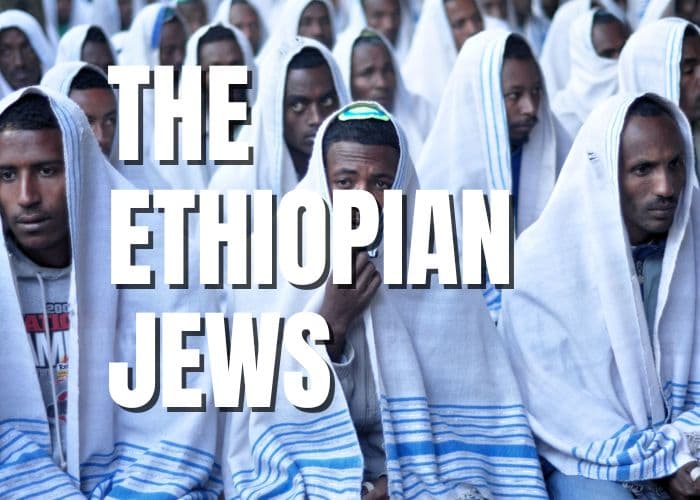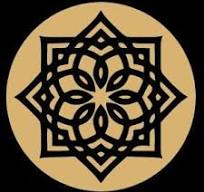Ethiopian Jews, also known as Beta Israel, have a rich and complex history that spans over two thousand years. In this article, we will explore the history, culture, and notable achievements of the Ethiopian Jewish community.
History The origins of the Ethiopian Jewish community are shrouded in mystery and legend. According to tradition, the community traces its roots back to the biblical King Solomon and the Queen of Sheba. It is believed that the Queen of Sheba visited King Solomon in Jerusalem and bore him a son, Menelik I, who later returned to Ethiopia with the Ark of the Covenant.
The Beta Israel community is believed to have originated in the northern Ethiopian region of Tigray and later migrated to other parts of the country. The community faced discrimination and persecution over the years, and their status as Jews was often disputed. It wasn’t until the 20th century that the Beta Israel community gained official recognition as Jews.
Communities Today Today, there are estimated to be around 140,000 Ethiopian Jews living in Israel, making up approximately 2% of the country’s population. The Beta Israel community has faced various challenges and struggles since arriving in Israel, including difficulties in integrating into Israeli society and discrimination. Despite these challenges, the community has made significant strides in recent years and has become an integral part of Israeli society.
Culture The Beta Israel community has a rich and unique culture that is influenced by both Jewish and Ethiopian traditions. The community has its own distinct music, dance, and cuisine that reflect its cultural heritage. The traditional music of the Beta Israel community is characterized by the use of the masenqo, a one-stringed fiddle, and the krar, a six-stringed lyre. The community is also known for its unique culinary traditions, which include dishes such as injera, a sourdough flatbread, and doro wat, a spicy chicken stew.
Religious Liturgy The Beta Israel community has its own unique religious liturgy, which includes prayers and rituals that are specific to the community. The community’s religious practices are a blend of Jewish and Ethiopian traditions, and include practices such as the use of prayer sticks and the recitation of prayers in the Ethiopian language of Amharic.
Notable People and Accomplishments The Ethiopian Jewish community has produced several notable people who have made significant contributions to various fields. Here are a few examples:
Almaz Ayana: Almaz Ayana is a renowned Ethiopian long-distance runner who won a gold medal in the 10,000 meters at the 2016 Olympic Games in Rio de Janeiro. She is also a world record holder in the event.
Gad Shimron: Gad Shimron is an Israeli author and former Mossad agent who was born in Ethiopia and is of Beta Israel descent. He has written several books, including “Mossad Exodus: The Daring Undercover Rescue of the Lost Jewish Tribe.”
Pnina Tamano-Shata: Pnina Tamano-Shata is an Israeli politician who was born in Ethiopia and is of Beta Israel descent. She was the first Ethiopian-born woman to be elected to the Israeli Knesset, and she currently serves as the Minister of Aliyah and Integration.
Conclusion The Beta Israel community is a unique and important part of the Jewish diaspora, with a rich history, culture, and traditions. The community has faced many challenges over the years, but it has managed to preserve its cultural identity and continue to thrive. The Beta Israel community has made significant contributions to various fields, including sports, literature, and politics, and has become an integral part of Israeli society. The community’s unique blend of Jewish and Ethiopian cultural traditions has produced a fascinating and vibrant culture that is an important part of the Jewish cultural mosaic.









